Week 37 | sept 7-13
science
Mon: microscope
Tue: chemistry
Wed: dinosaurs
Thu: skeleton/human body
Fri: astronomy
Sat: flora & fauna
Sun: robotics


As you might already know, September’s bonus challenge for MAE (the “PLUS,” as we call it) is to explore ways to use your artwork and illustration in real-life applications. Last week, MAE participant Megan Kudlack decided to use the “Locker” prompt to make an adorable miniature locker papercraft. Brilliant! |
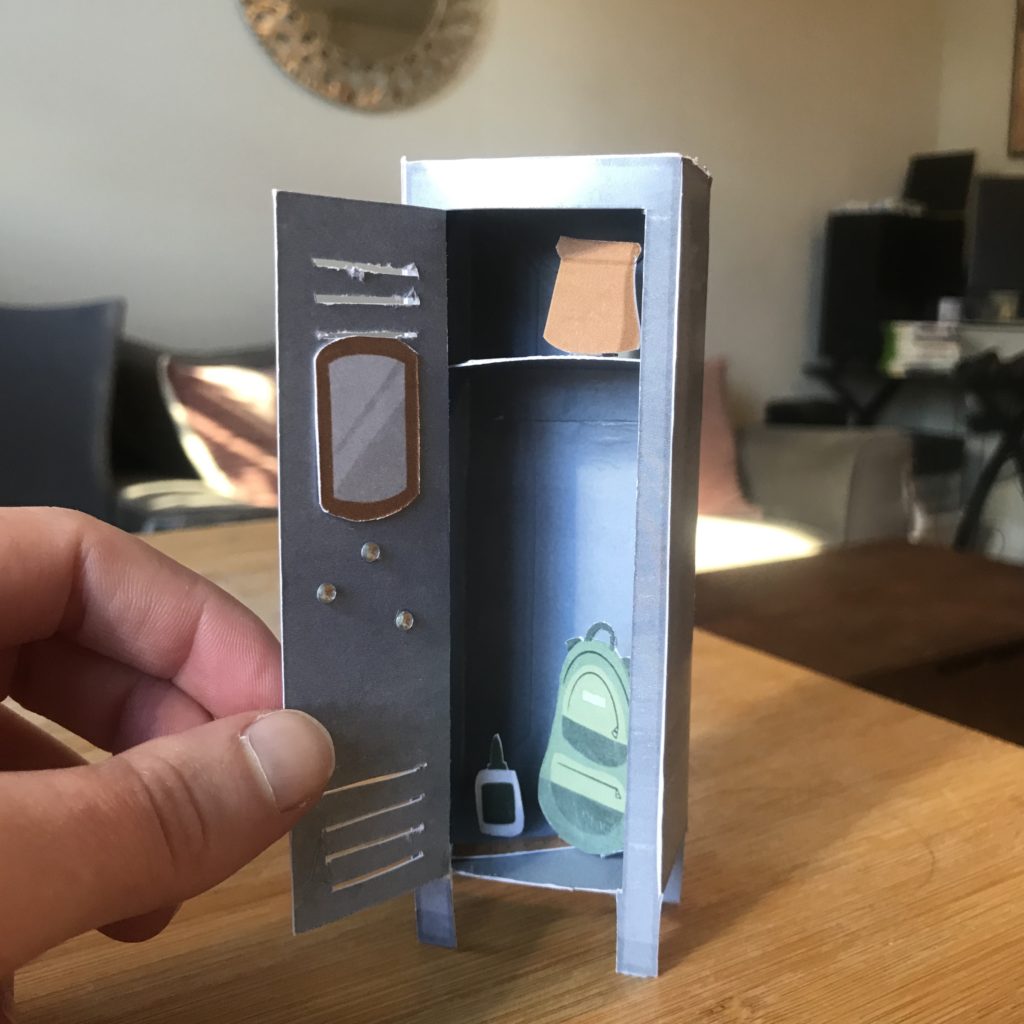
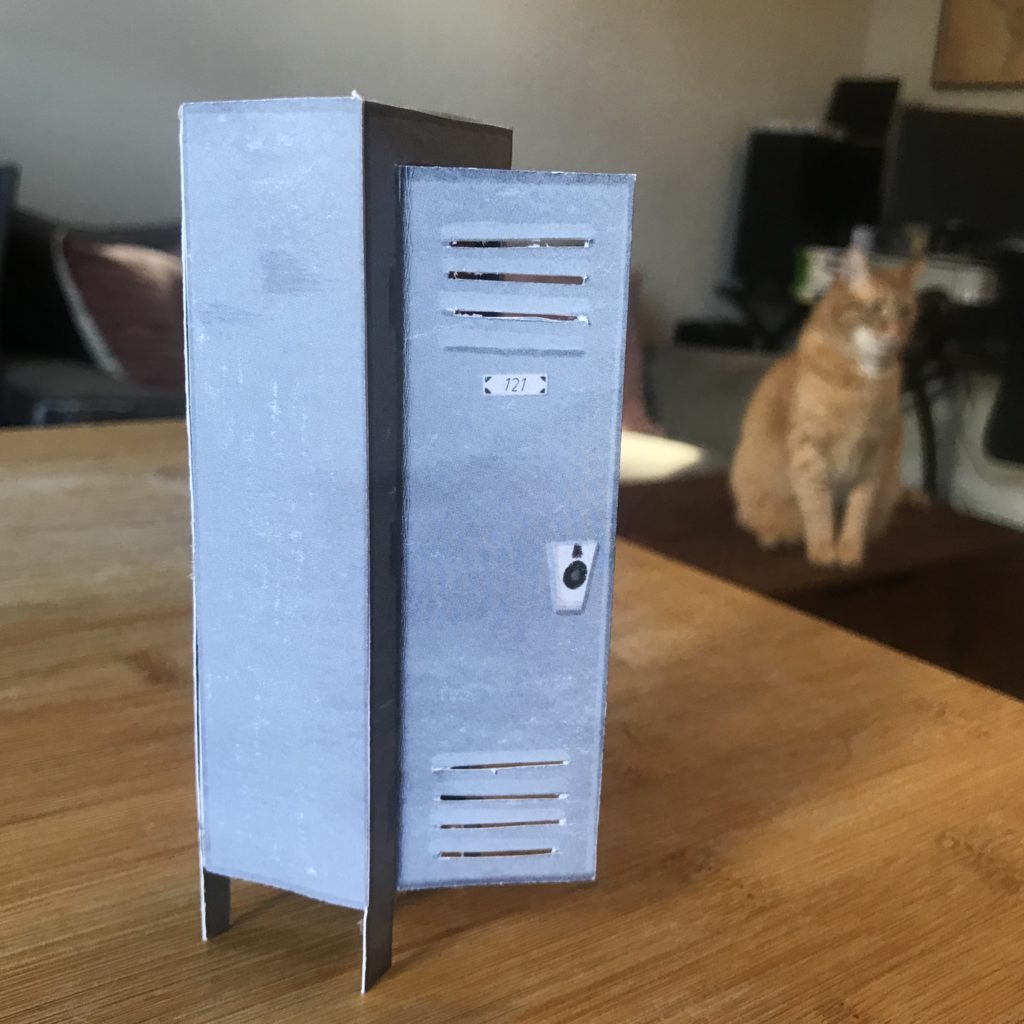
I reached out to Megan and asked her a few questions about her creation. Megan was so kind as to create a downloadable PDF of her locker papercraft, complete with instructions so you can make one for yourself! She even shares some tips for you about how to design your own illustrated papercraft.
Q: What inspired you to approach the locker prompt in this way?
A: At first, I actually wasn’t too excited about illustrating a locker. To overcome that lack of enthusiasm, I began to think about this month’s “plus” which is to find applications for our art in real life. That really got the gears turning and I realized that I could create a miniature 3D locker instead!
Q: How did you figure out how to make this?
A: I created paper miniatures for my senior thesis while attending the Main College of Art. That project gave me lots of practice in trying to figure out how to create 3D objects from one singular paper “cut out.” It’s a puzzle in its own way, and similar to flat pack furniture design from companies like IKE
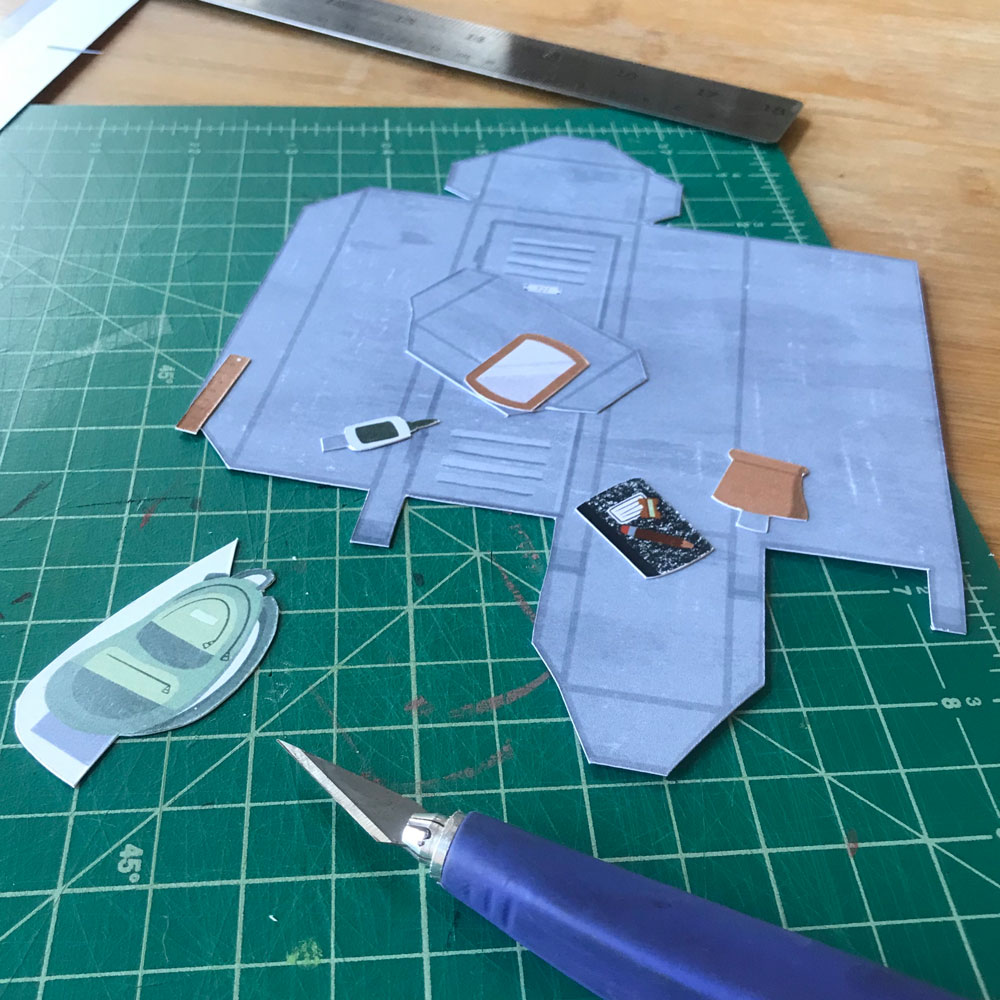
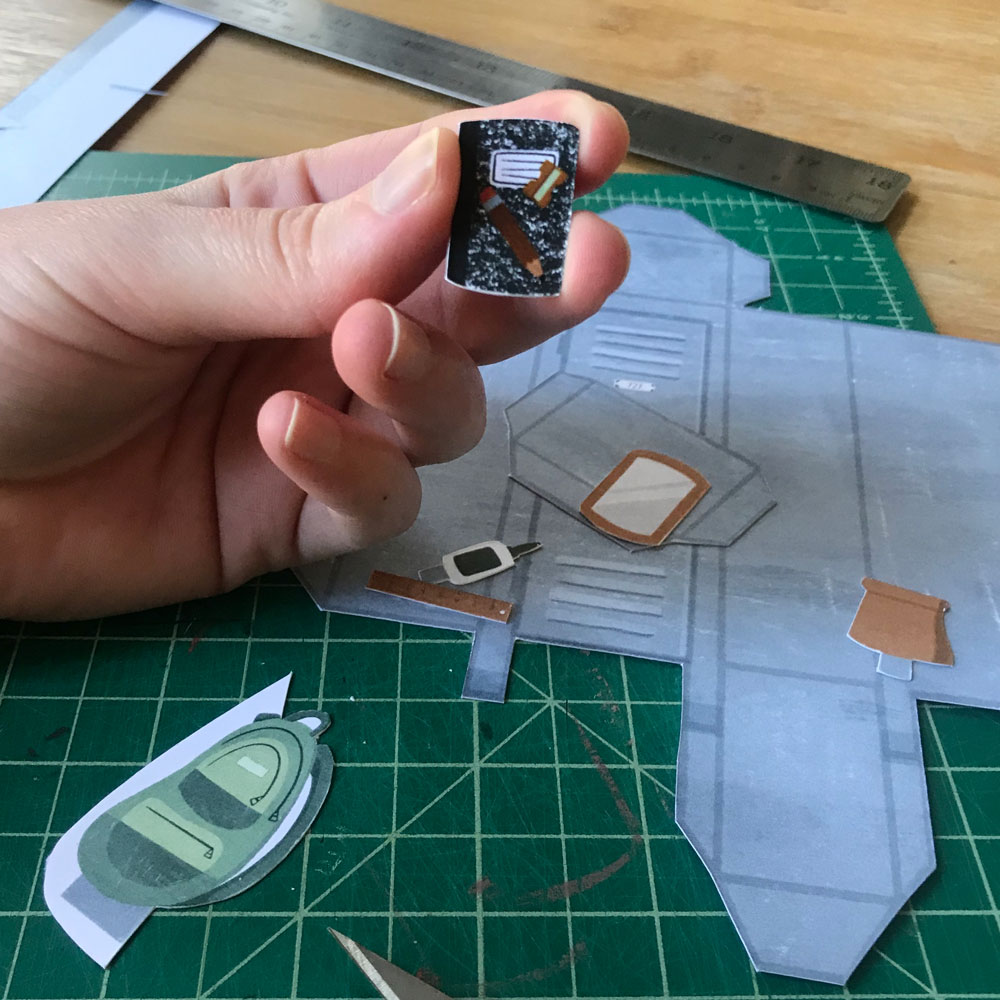
Q. Do you have any tips for others who might want to turn their art into miniatures or papercrafts?
A. My first tip is to persevere and be patient with yourself. It takes a lot of trial and error before you fully grasp where tabs need to go, what needs to be cut, and what needs to be perforated. I always make a prototype to figure out the snags before moving on to a final piece. I recommend printing out a few copies of your templates in case you make a cutting mistake. I also highly recommend working with heavier cardstock paper. It will make for a sturdier piece.
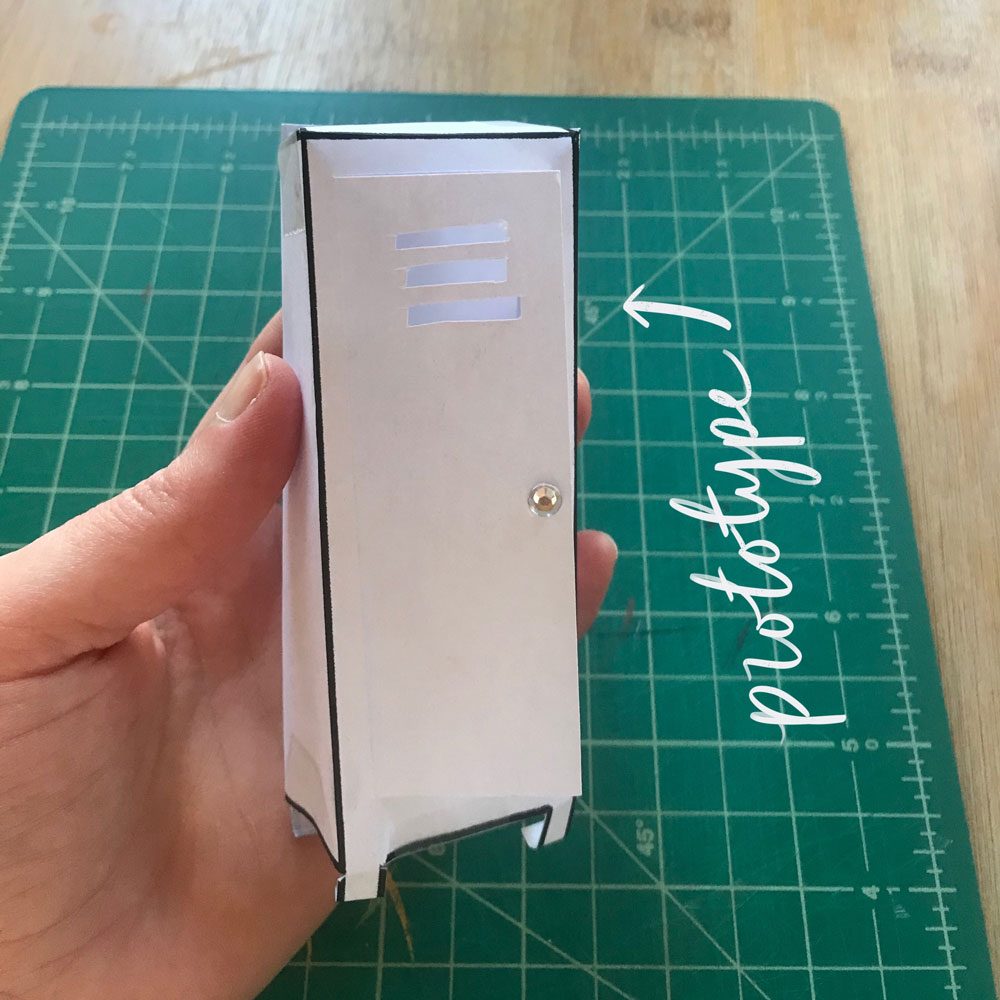
Megan says, “Making this piece was a surreal experience for me because it created a marriage between the digital work that I create now with the studio practice that I had when in school. I never thought I would combine the two, but this is a perfect example of how digital illustration can become a physical object.
She goes on to add, “Miniatures are such a fascinating subject. Interacting with, and building them is an experience unlike any other. If you are interested in miniatures and the psychology behind them there are many articles that you can find online about the subject. One of the most important resources I found when writing my thesis is Louise Krasniewicz’s Miniature Manifesto, check it out!”
If you would like to support Megan Kudlack or check out more of her work, you can follow her on Instagram. Thank you for sharing, Megan!
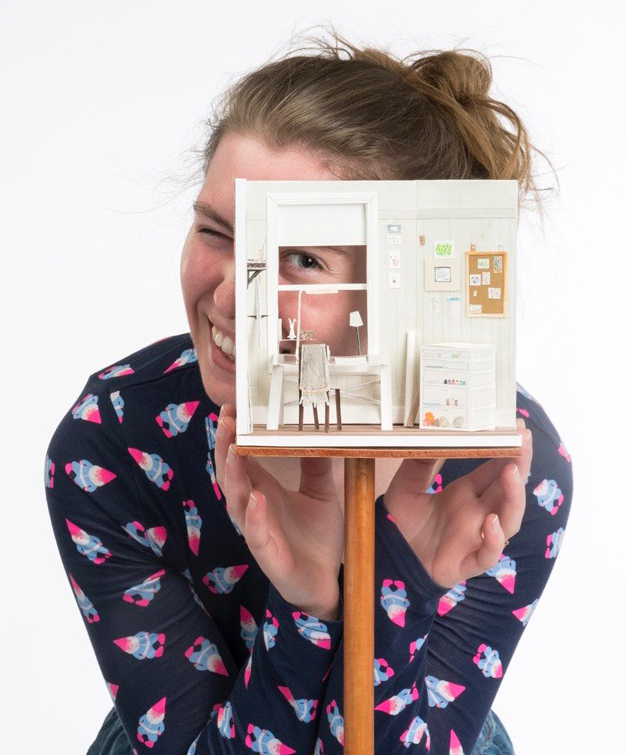
Here is some additional reading about the wonderful world of miniatures!
Reasons Why We Love Small, Cute Things, According to Science
Why Miniature Things Can Help You Feel Way More in Control of Your Life
This week we are diving into one of my favorite school subjects: science! The study of science is actually packed with a ton of variety. Some of this week’s prompts are more open-ended than others – have fun with them! What creative ways could you depict these prompts?
Mon: microscope
Tue: chemistry
Wed: dinosaurs
Thu: skeleton/human body
Fri: astronomy
Sat: flora & fauna
Sun: robotics

You can access each week’s prompts, with links to reference photos, at makingarteveryday.com
We’ve got a Facebook group just for participants of Making Art Everyday and all things Bardot Brush! Come join our group of supportive artists of all skill levels, share your work, ask questions, and be a part of the community!
We’ll stock your inbox with Procreate tips, new releases, and free goodies!
Bardot Brush was created by California-based illustration artist, teacher, and all-around creative person, Lisa Bardot.

©2022 Bardot Brush by Lisa Bardot // All Rights Reserved